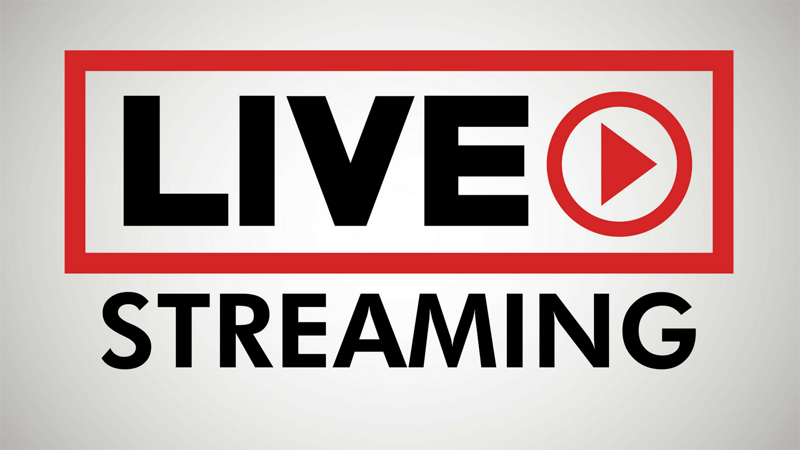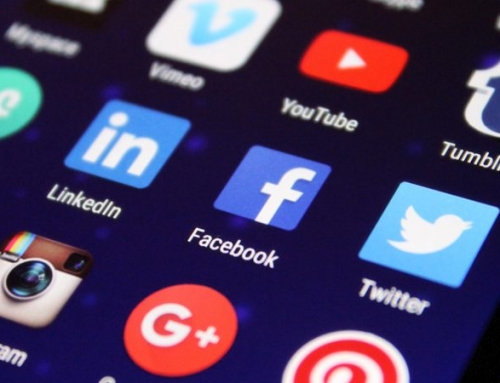Since around 2018, livestreaming has become one of the most popular forms of content available in both business to business and business to customer spaces. Combining the immediacy of live television and the informal, D.I.Y ethics of the early days of YouTube, this style of content is favoured by Millennials and Generation Z, as well as more progressive older people. Twitch, the gaming focused platform, is now one of the most popular ways in which to share livestreaming but there are a plethora of other options available, too. Facebook and Instagram both offer integrated video streaming services that many businesses and individuals use on a regular basis. In 2020, it can be as simple as connecting your smartphone and sharing a link across all your social platforms, but what makes genuinely good quality livestreaming content? In this article, Probella discuss some of the elements we think are important.
Stream Quality
There is no escaping the importance of stream quality. Quite simply, if your audience cannot see or hear you properly, or have their experience ruined by constant dropouts and buffering, they will simply leave. Invest in a good quality internet connection and ensure that it can handle HD streaming. This might seem excessive but as technology continues to improve, the standard of image and sound quality that audiences expect is constantly elevating. Even single camera question and answer sessions or one to one interviews need to be streamed in a high enough resolution to compete with the rest of the content that is out there.
Prove You Are Live
The whole point of live streaming is to facilitate real time interaction between you and your audience. Though many streams are recorded and posted after the live session itself has finished, many users love the immediacy and the unpredictability of engaging with live content. This means that sticking to a script or acting as if you are recording a video for later use will rarely be well received. Acknowledging users in the live chat, on Twitter, Facebook, or whichever platforms you use for audience engagement should be something you are doing on a regular basis. Address people individually, thank them for joining you and make sure that you answer any questions or comments as quickly as possible. Though you will not be able to do this with every person, especially if your stream is popular, you should aim to respond as much as possible to prove that you are broadcasting live.
Professional Delivery and Manner
Even though casual speech has become the norm for most online content, you still need to maintain an element of professionalism if you want to stand out from the ever-growing list of livestreaming content providers that are available in 2020. Professionalism means different things to different people but generally speaking, when relating to livestreaming, it means an absence of “erms” “ums” and awkward silences. Confidence is key and being able to ad lib slightly is a skill that will serve you well. Similarly, avoiding tangential rants or unnecessary digressions is usually a sensible approach. Though stream of consciousness content can have a particular charm of its own, content that appears devoid of any structure at all will become grating very quickly. Not everybody has to act like a qualified media professional but avoid talking as if you are having a conversation with a close friend or a family member if you can. Familiarity is great, but over familiarity can be uncomfortable.
Timing Matters
Just like TV scheduling, the time at which your livestreaming content goes out defines the kind of numbers you are going to get in terms of audience engagement. Streaming in the middle of the night on a Sunday when your core fanbase are either asleep or getting ready for work in the morning will not help you. Conversely, streaming in the late afternoon or early evening when the working day is complete for most people is likely to help you attract a steady flow of users. The right time for you will depend on a number of factors, including the industry or subject area you are working in. Gamers often consume content late at night or even in the early hours of the morning, whereas those in more traditional areas such as corporate finance or ecommerce are likely to want streams that take place during the day. Experiment with timings and ask your audience when they prefer you to be online. Some of the most successful streamers also use things like twitter polls to ascertain whether or not it is worth them spending an hour two in front of the webcam.
Effects, audio, and backdrops
Since Covid 19, Zoom, Twitch and the multitude of other platforms that are now available have been awash with bland, badly produced streaming content. Dreary office backdrops, spare rooms and kitchens might make your content seem homely and genuine, but if you are attempting to present yourself professionally, this is not a good aesthetic. Zoom has its own built in virtual backgrounds that can be used free of charge and if you want to go a step further, investing in a basic green screen to place behind you when you’re streaming can help to create a more professional setting for your content. Automated responses to donations, likes and other interactions can also help you to maintain engagement without having to break your flow if you are in the middle of a pre prepared piece.
Since Covid 19 happened, users are generally a little more forgiving when it comes to the production values of the content they’re consuming, but as the competition for views continues to ramp up, they are beginning to expect creators to put in a little more effort.
Summary
Approaching your streaming content with the same kind of meticulous detail as a TV producer might seem like overkill, but if you want to stand out and continue to attract new viewers, this tactic will serve you well. Details matter and being able to offer an experience that feels professional and slick, even when streaming from home means that you can capture and keep a substantial share of the ever growing online streaming audiences.






